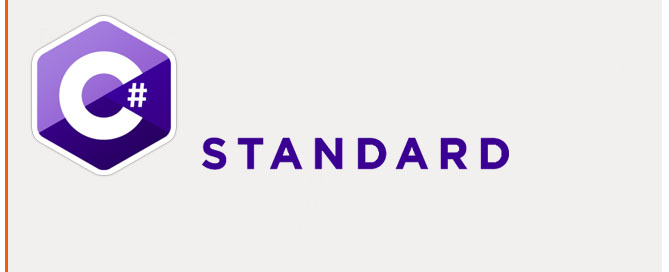1. Run Visual Studio
2. File> New project, select ‘C# windows Form Application’ and give it a name.
3. On the right column select Form1.cs, on the left open the toolbox, drag and drop over the Form:
– Button
– DateTimePicker
4. On the right column in the Property Window under the ‘Design’ section (Progettazione) change (Name):
– Button -> myButton
– DateTimePicker -> myDateTimePicker
5. Double-click the button to create the myButton_Click event handler, and add the following code in Form1.cs
using System;
using System.Collections.Generic;
using System.ComponentModel;
using System.Data;
using System.Drawing;
using System.Linq;
using System.Text;
using System.Threading.Tasks;
using System.Windows.Forms;
namespace DateTimePickerTest
{
public partial class Form1 : Form
{
public Form1()
{
InitializeComponent();
} // end public Form1
private void myButton_Click(object sender, EventArgs e)
{
MessageBox.Show(myDateTimePicker.Value.ToString());
// result: 30/12/2016 16:14:38
MessageBox.Show(myDateTimePicker.Value.ToShortDateString());
// result: 30/12/2016
}// end myButton_Click
}// end class Form1
}// end namespace DateTimePickerTest
6. Run



